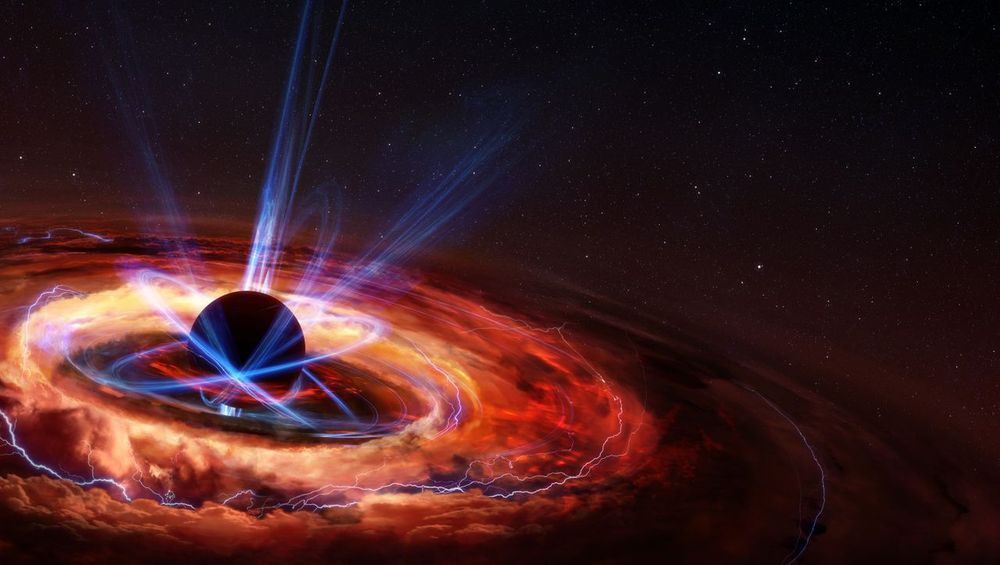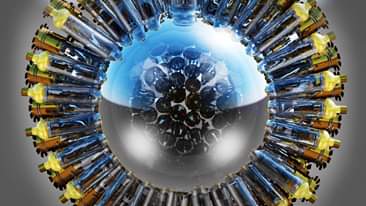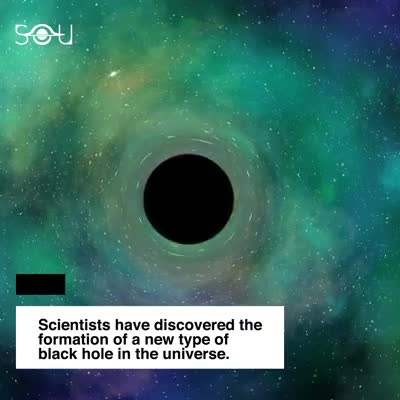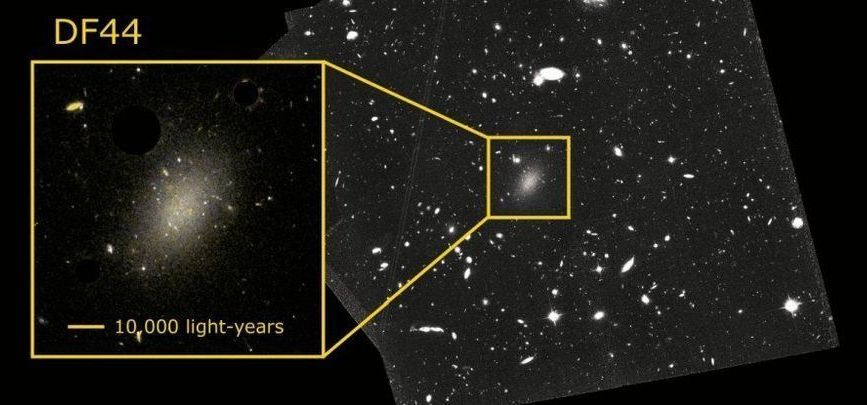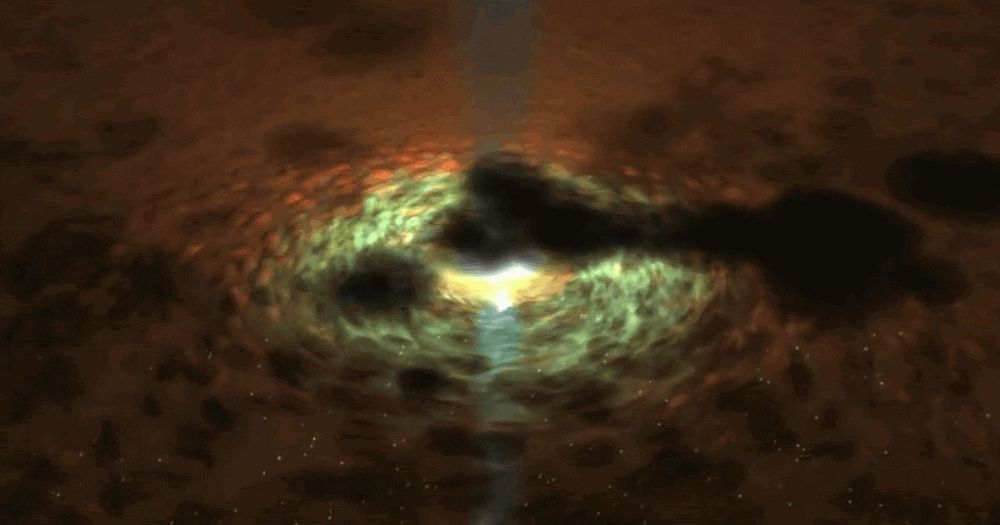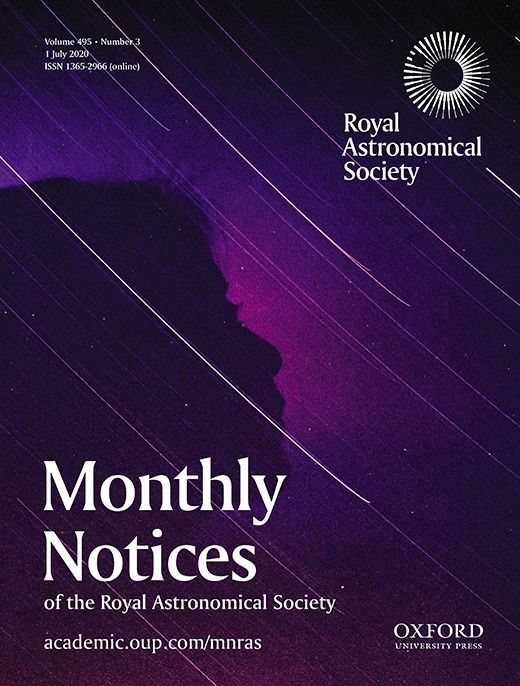
ABSTRACT. This paper presents strong observational evidence of numerous previously unobserved anomalous circular spots, of significantly raised temperature, in the cosmic microwave background sky. The spots have angular radii between 0.03 and 0.04 rad (i.e. angular diameters between about 3° and 4°). There is a clear cut-off at that size, indicating that each anomalous spot would have originated from a highly energetic point-like source, located at the end of inflation – or else point-like at the conformally expanded Big Bang, if it is considered that there was no inflationary phase. The significant presence of these anomalous spots, was initially noticed in the Planck 70 GHz satellite data by comparison with 1000 standard simulations, and then confirmed by extending the comparison to 10 000 simulations. Such anomalous points were then found at precisely the same locations in the WMAP (Wilkinson Microwave Anisotropy Probe) data, their significance was confirmed by comparison with 1000 WMAP simulations. Planck and WMAP have very different noise properties and it seems exceedingly unlikely that the observed presence of anomalous points in the same directions on both maps may come entirely from the noise. Subsequently, further confirmation was found in the Planck data by comparison with 1000 FFP8.1 MC simulations (with l ≤ 1500). The existence of such anomalous regions, resulting from point-like sources at the conformally stretched-out big bang, is a predicted consequence of conformal cyclic cosmology, these sources being the Hawking points of the theory, resulting from the Hawking radiation from supermassive black holes in a cosmic aeon prior to our own.
